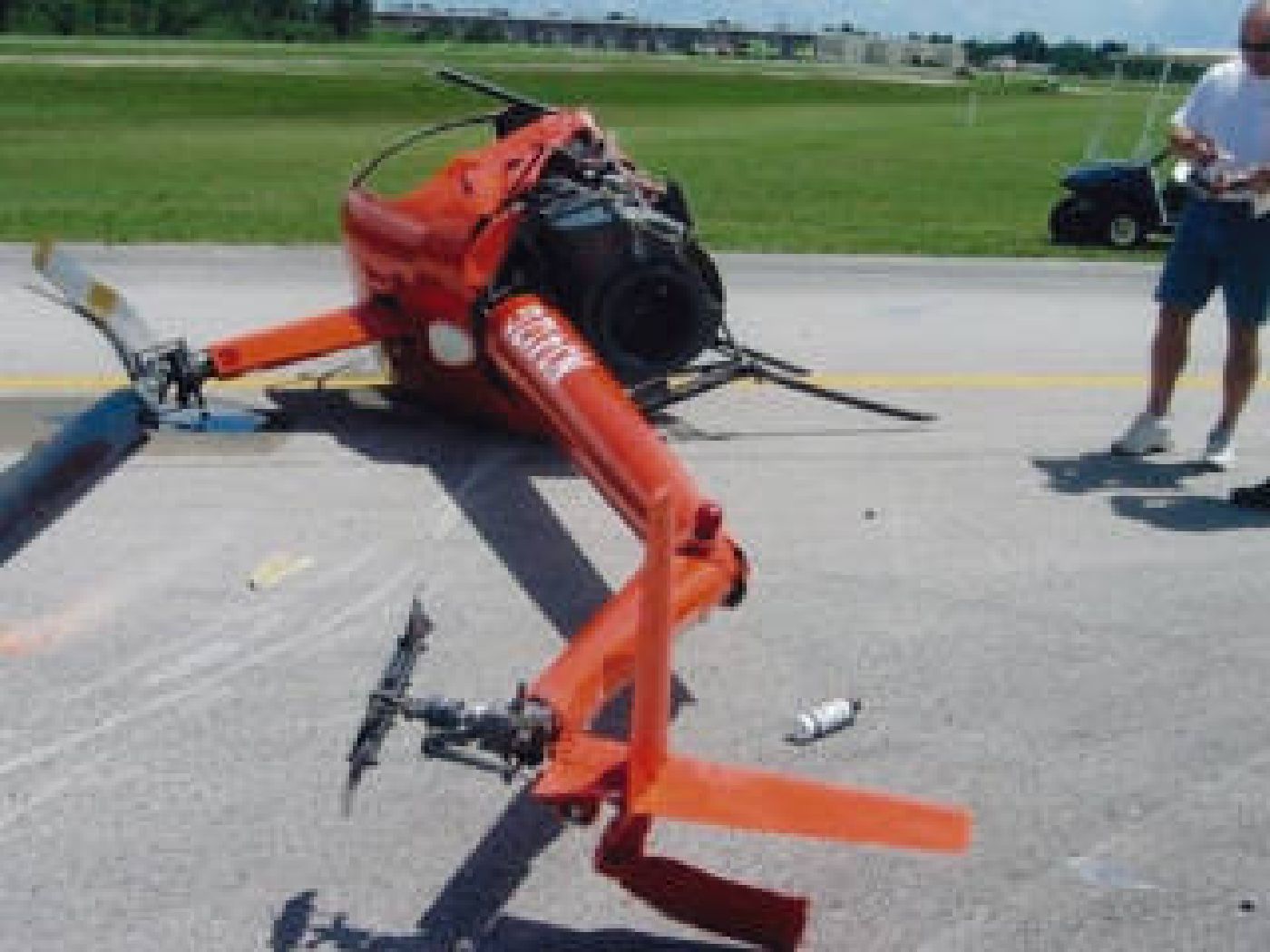Accident Experience
Home
Aircraft Accident Experience
Aviation is a safe undertaking, but like the sea, aviation is unforgiving of errors. Marvel that, highly technical aircraft products, flown by varying pilot skill levels, into mobile weather conditions, and into changing and sometimes hostile environments, are regularly accomplished safely.
To understand how safe the situation is all one need do is to look to the insurance industry. Airline pilots and flight crews have not had to pay added hazardous duty premiums for their life insurance premiums while plying the aviation trade. This safety record has come about in the United States for a multitude of reasons, including the fact that Corporate and Governmental management and their families all fly regularly. Another reason is that the pilots who sit in front of the aircraft always get to the scene of the accident first. Pilots are personally at risk when they make mistakes.
Unfortunately, tragedies do occur and persons are hurt and sometimes killed. The unfortunate accident demands an investigation conducted for several very different reasons. Let it be said that almost all aviation accidents involve some human error, be it pilot error, controller error, weather errors, supervisory errors, training errors or engineering product design errors or construction errors.
It is a legal precedent in US law that persons or companies are required to pay damages for the negligent harm they cause through needless accidents., and
INVESTIGATIONS
Investigations are conducted for three basic reasons
GOVERNMENT INVESTIGATIONS
The Government conducts investigations for two reasons. The first reason is to determine if a crime of sabotage or terrorism has occurred. This is in essence a criminal investigation. The Government conducts investigations to gather facts, to evaluate cause of the accident, and to make recommendations for safety that would lower the risk that an identical accident would re occur. In short they look for criminal activity and to promote aviation safety in the future.
LEGAL INVESTIGATIONS and EVIDENCE GATHERING
A lawyer is needed to conduct an investigation to legally help the tragedies victims. It is a legal precedent in US law that persons or companies are required to pay damages for the negligent harm they cause through needless accidents. It is also legal precedent in US law that persons or companies are required to pay damages for harm their defective product causes in accidents. The lawyers helps the injured victim or the families of deceased victims find fault and thereby recover money damages for the injury or wrongful death.
LEGAL INVESTIGATIONS START WHERE THE GOVERNMENT STOPS
Legal investigations are always larger and more encompassing than the Governments Aircraft Accident Investigation. That of course does not mean that the attorneys can conduct an investigation to the scale and cost of any government investigation. The point is that the government does a good job of finding and cataloging much of factual evidence and data. The lawyers have access to this and it is from the Governments final report that Lawyers expand the search and conduct much deeper analysis of the true proximate cause of the tragedy.
Lawyers have discovery tools not available and not typically utilized in governmental investigations. Lawyers are looking to the past accidents and to historical negligence and defect history. The government tries to prevent the next accident.
Legal Investigations have many legal tools to aid in their investigation that are almost never used by the government in the conduct of its investigation.
Lawyers regularly utilize:Subpoena powers
Sworn deposition testimony of hostile witnesses
Sworn written questions called interrogatories,
Sworn admissions of fact
Sworn and force production of documents and things
Freedom Of Information Requests.
TRIALS
The trial to a verdict is the only chance an air crash victim has to recover damages. That is why it is vital that the accident investigation be as thorough as possible. A trial Lawyer will, over a lifetime of Legal work, go to trial on hundreds of occasions. The air crash victim’s trial occurs once and the trial firm will generally win or lose for the victim, based on the efficacy and thoroughness of investigation and trial preparation. Because the Aviation endeavor is so technically sophisticated and cutting edge, it makes sense to utilize a trial firm capable of handling this variety of case.
Courtesy NTSB
NTSB photo courtesy Al Diehl
